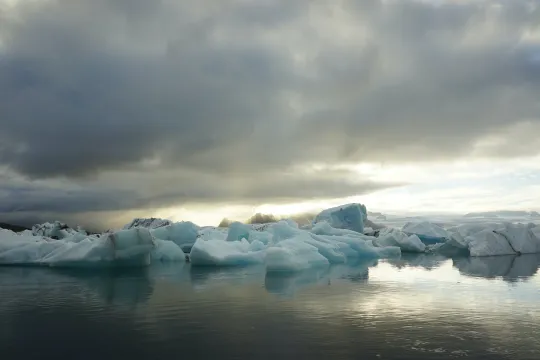

Some resources from federal government sites are currently unavailable; when possible, we’ve provided alternative non-government links to ensure continued data access.

Positives
The interactive data resources and supporting videos are excellent in quality and fun to use.
Each section of the lesson (engage, explore, explain, elaborate, evaluate) clearly demonstrates connections between sea ice extent and climate change.
The final graphic organizer activity provides an opportunity for students to collectively review and discuss their understanding of sea ice and climate trends.
Additional Prerequisites
Students should be able to find coordinates on a map, read line graphs, and identify trends in data.
Differentiation
